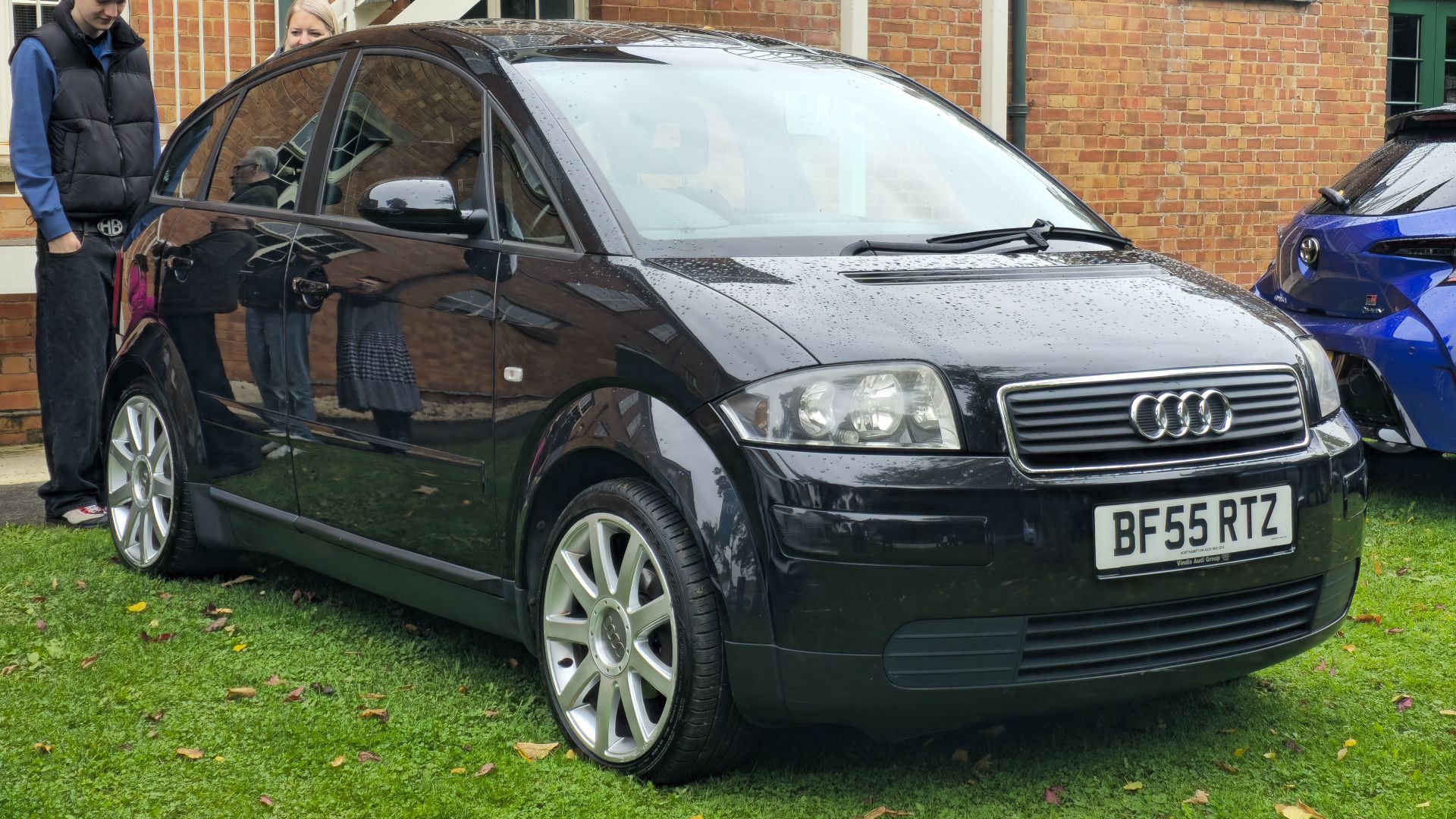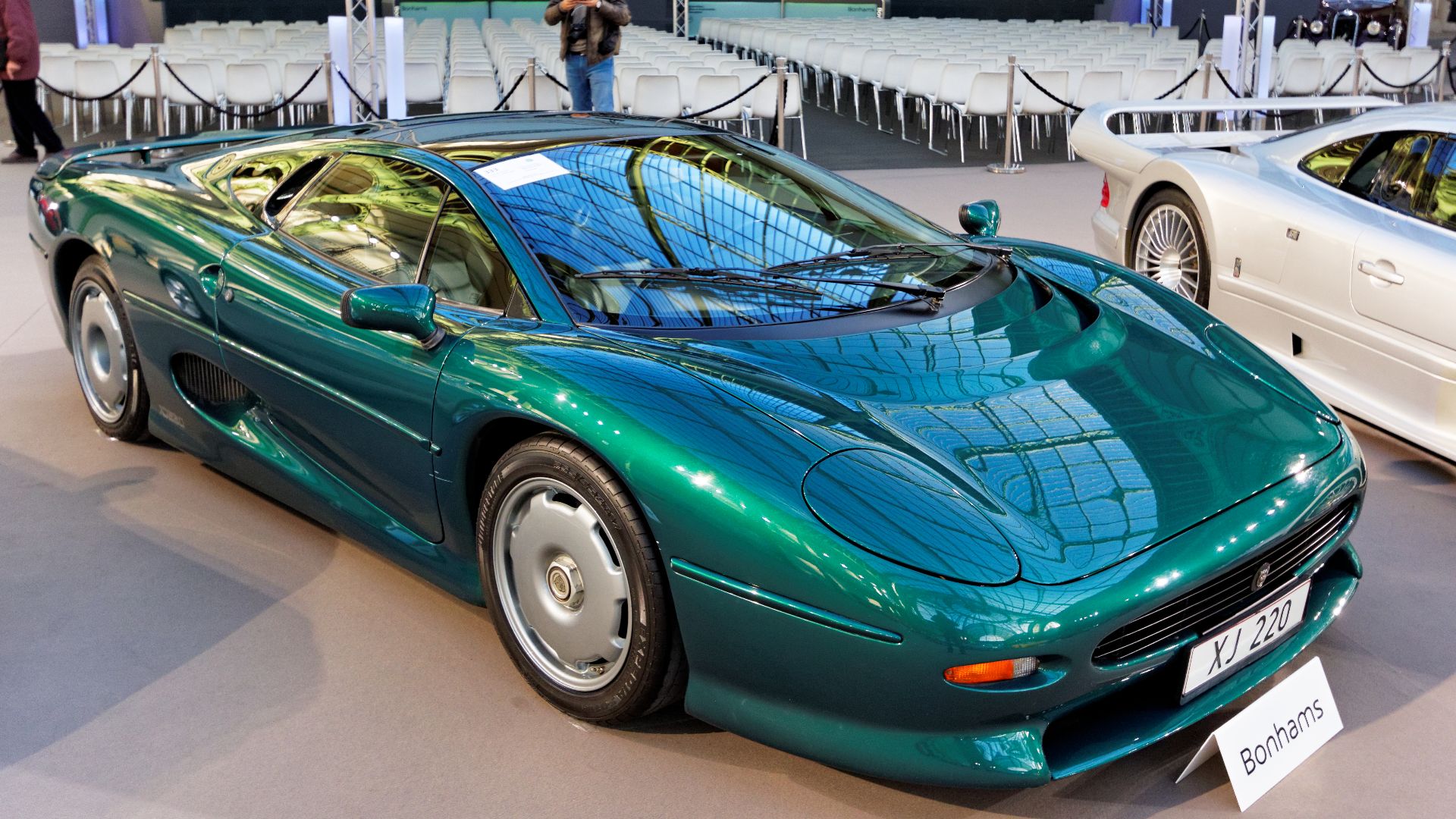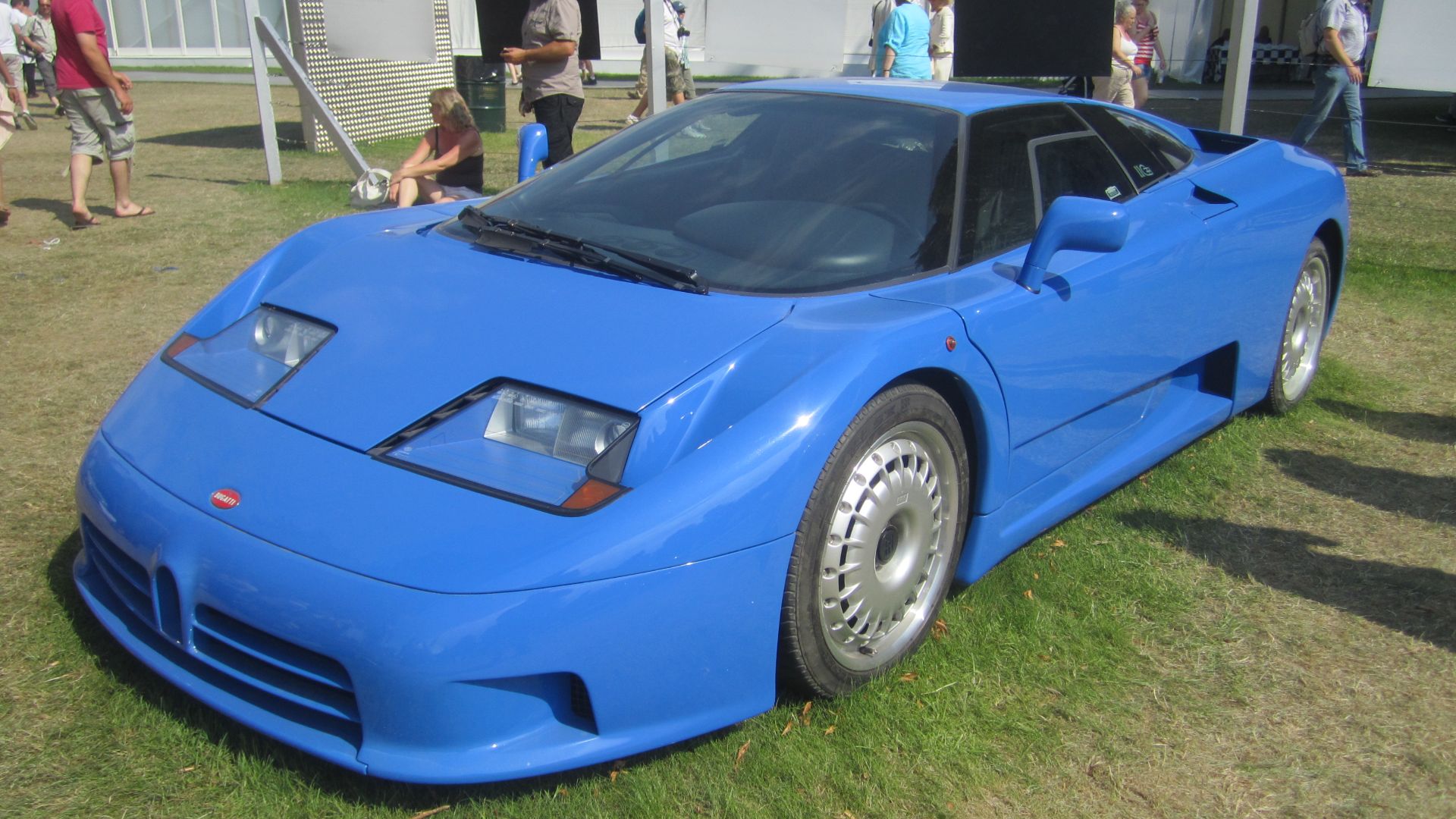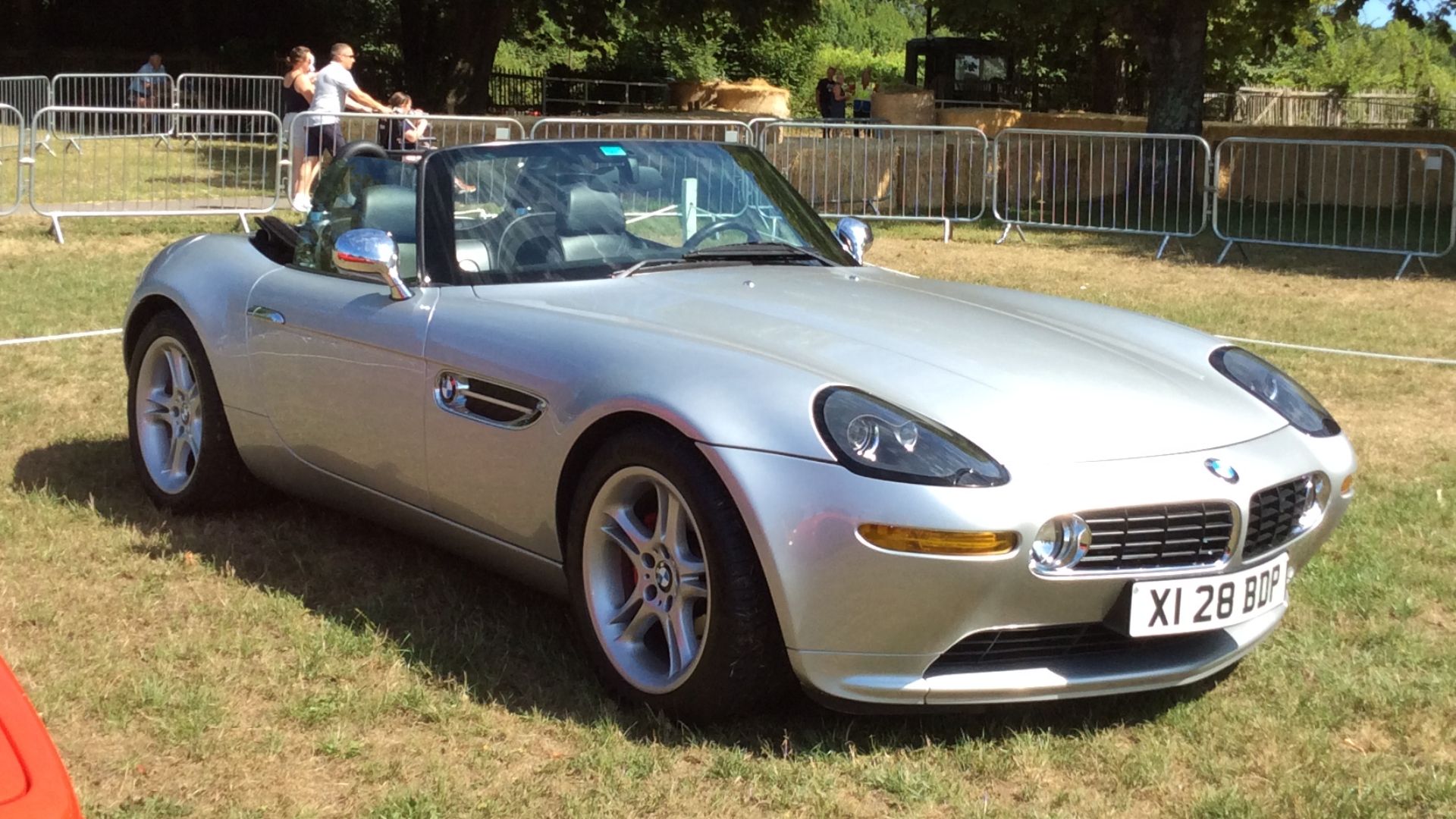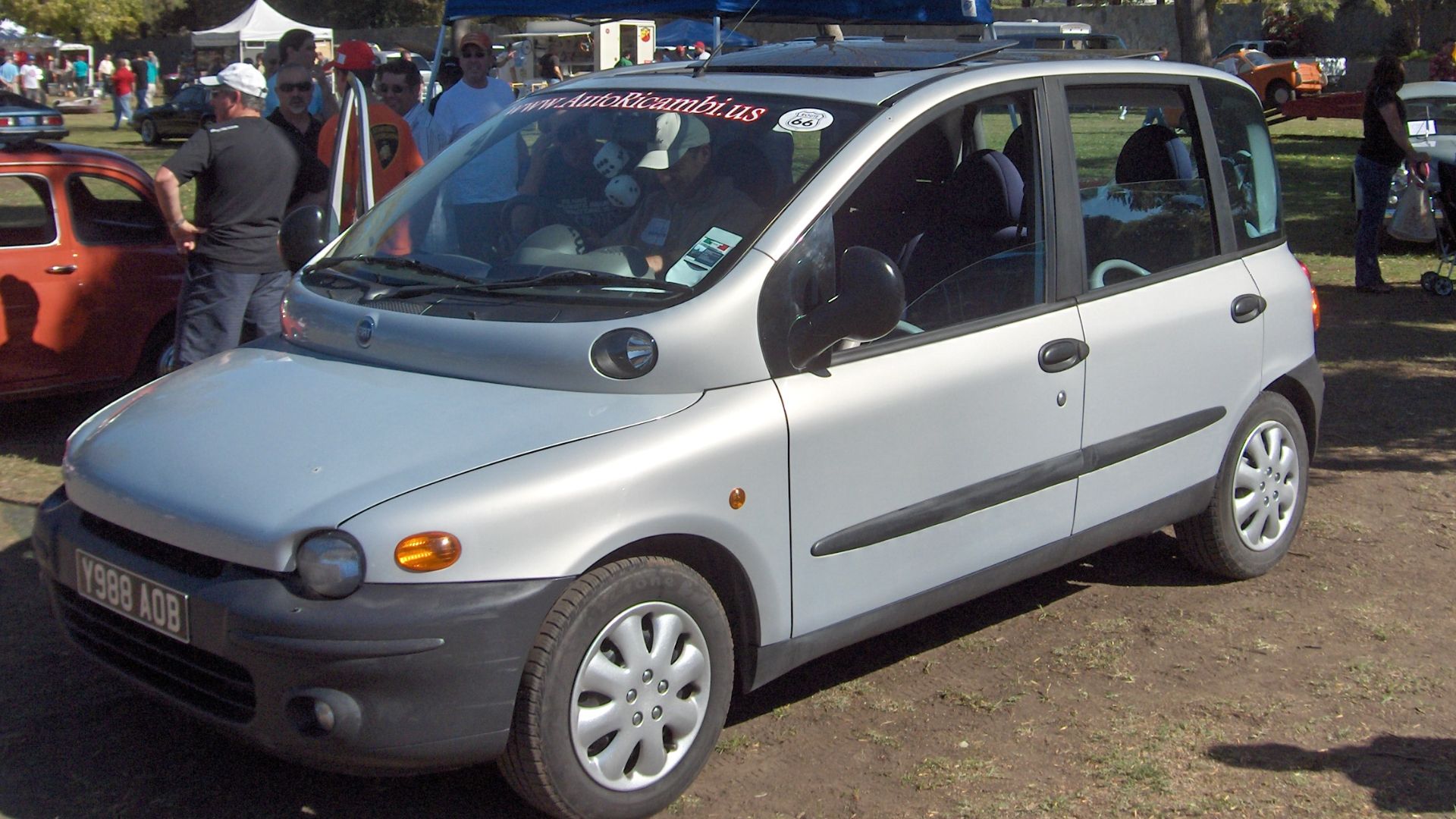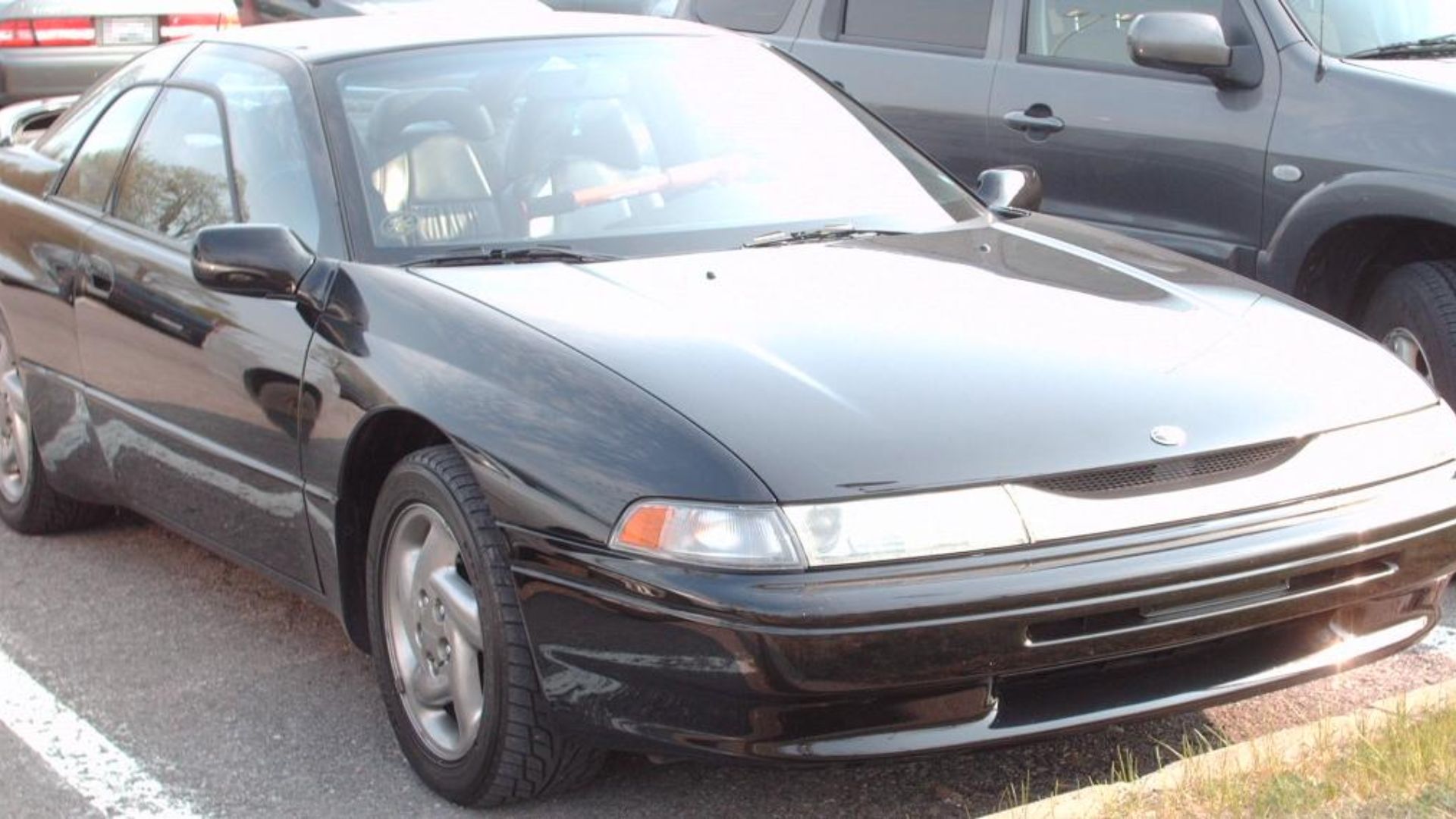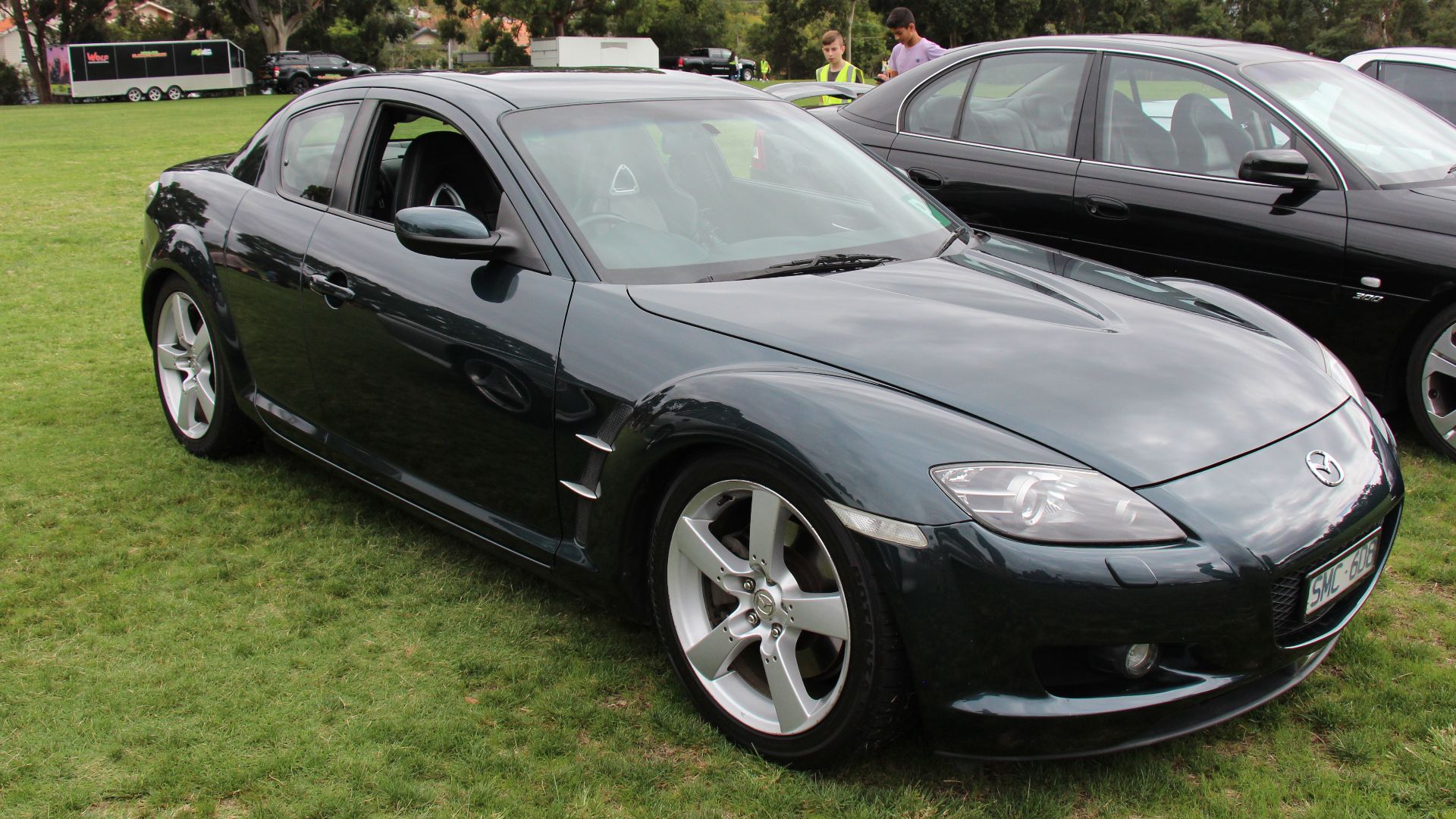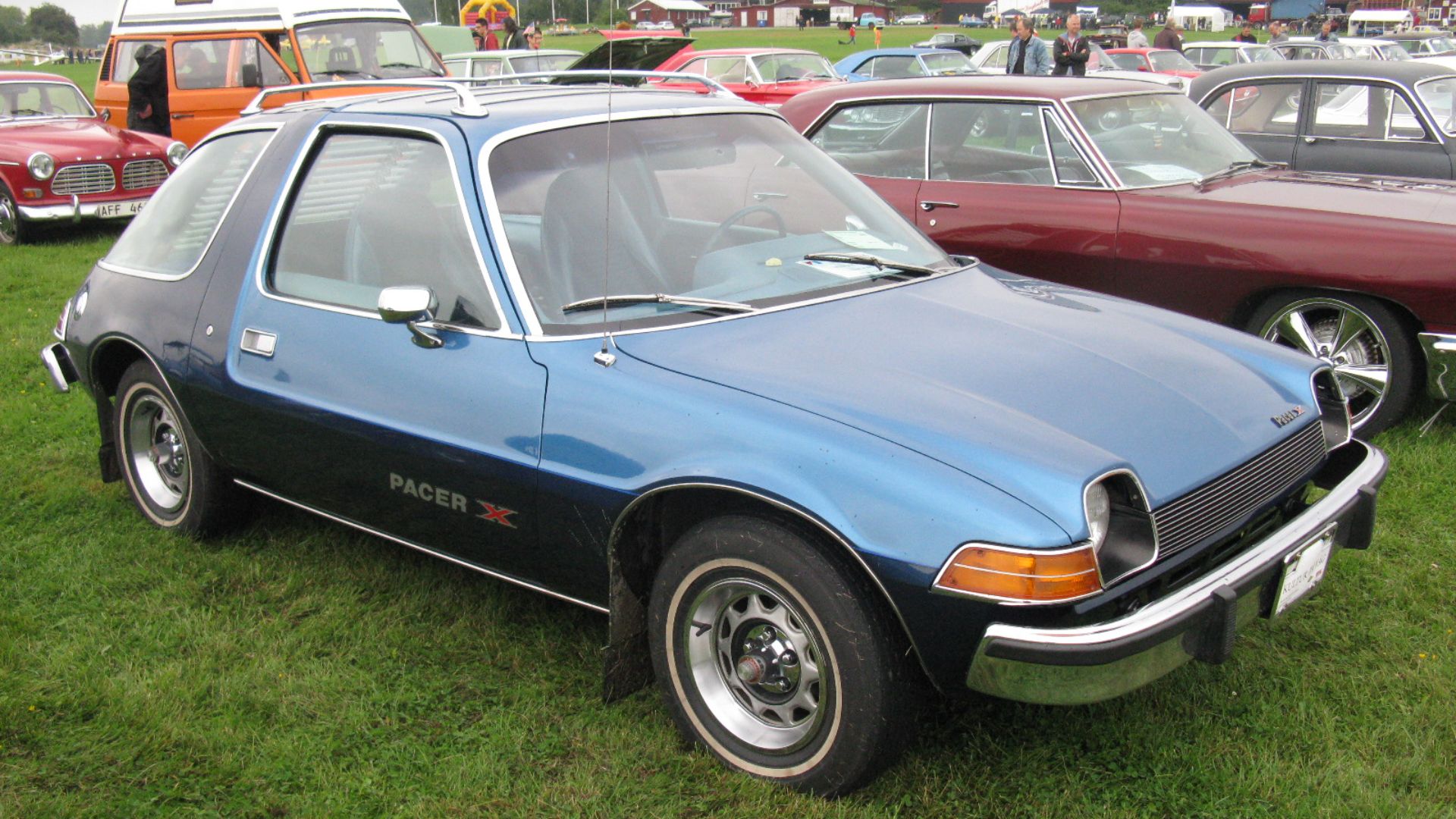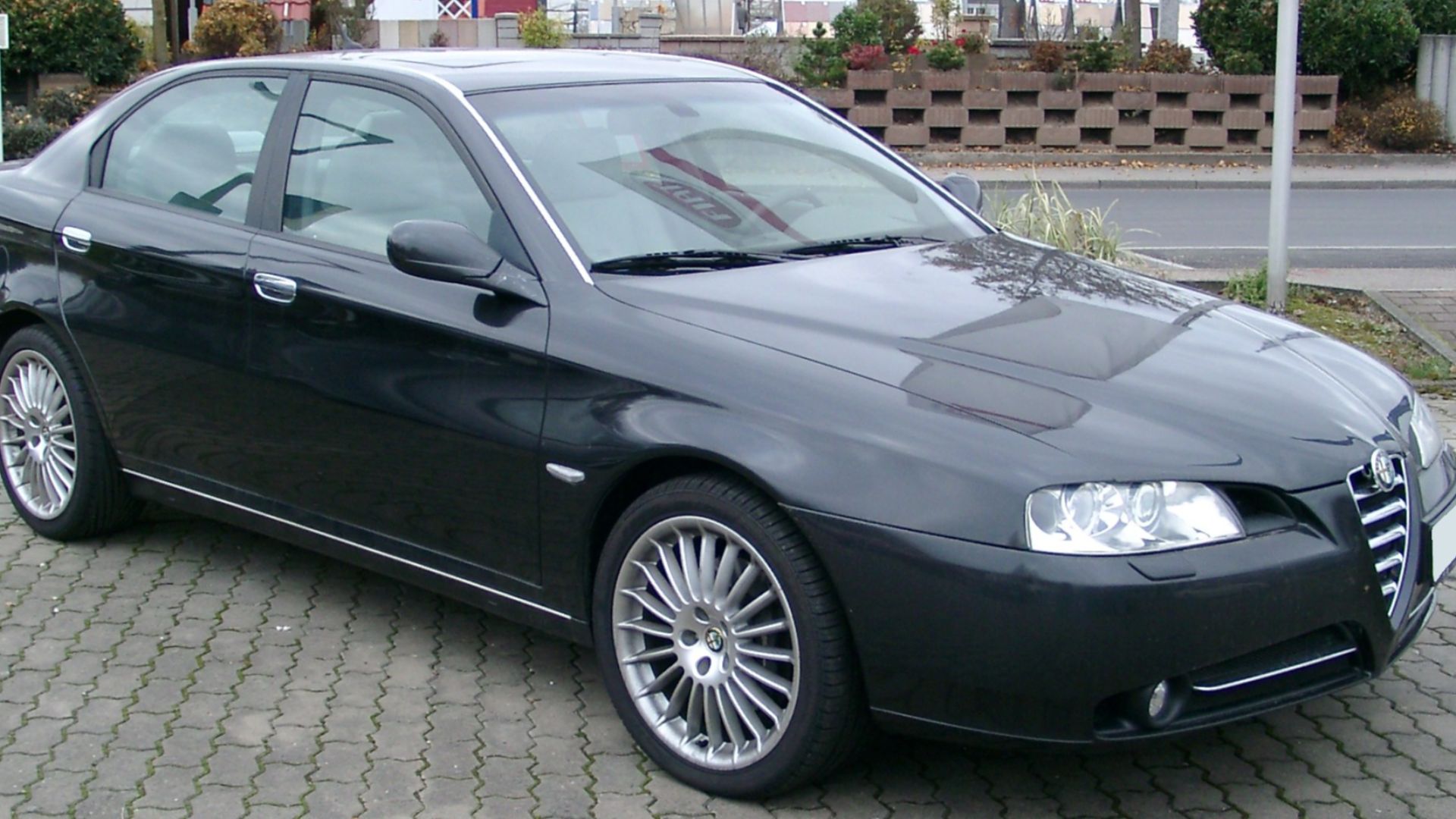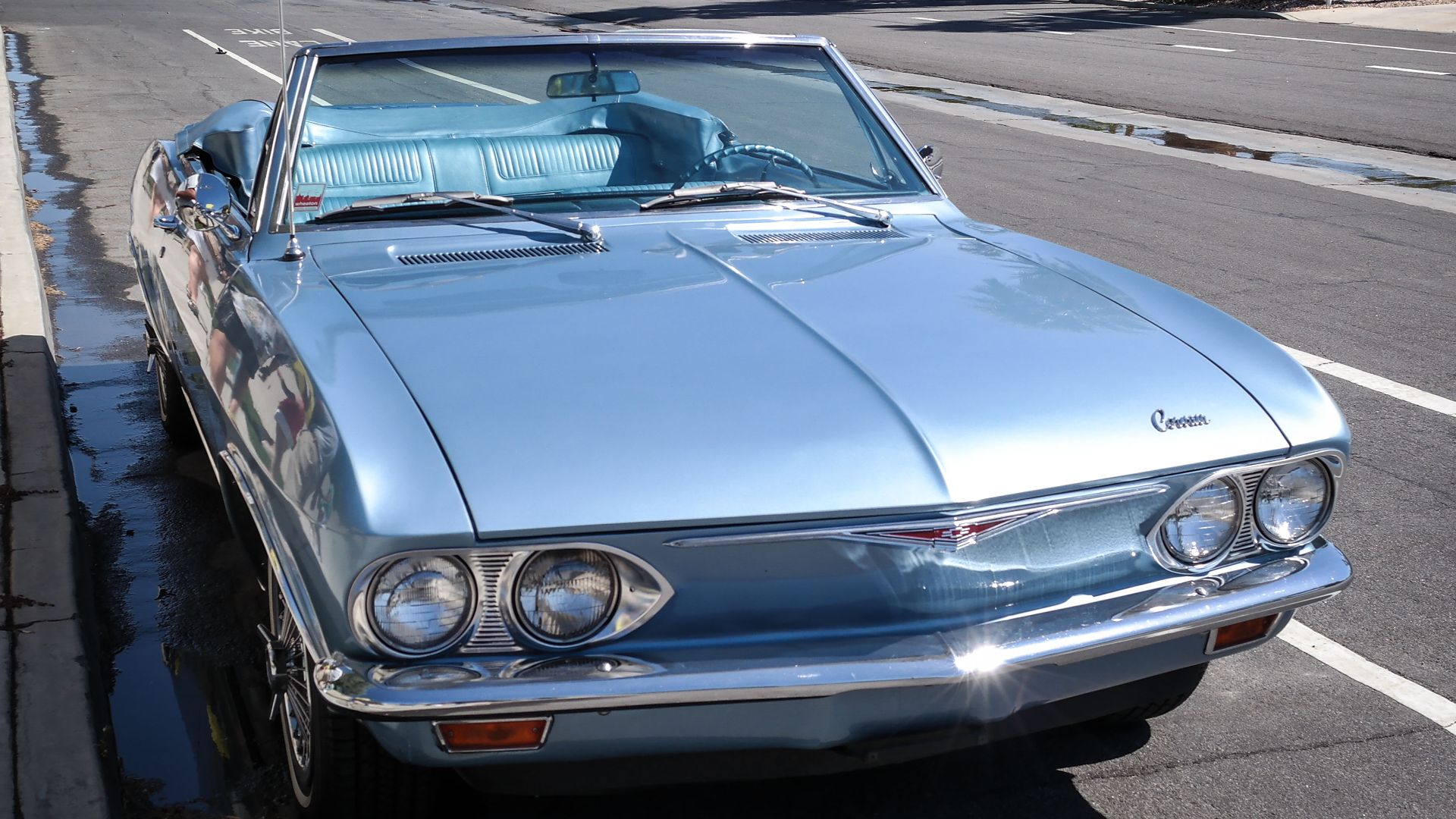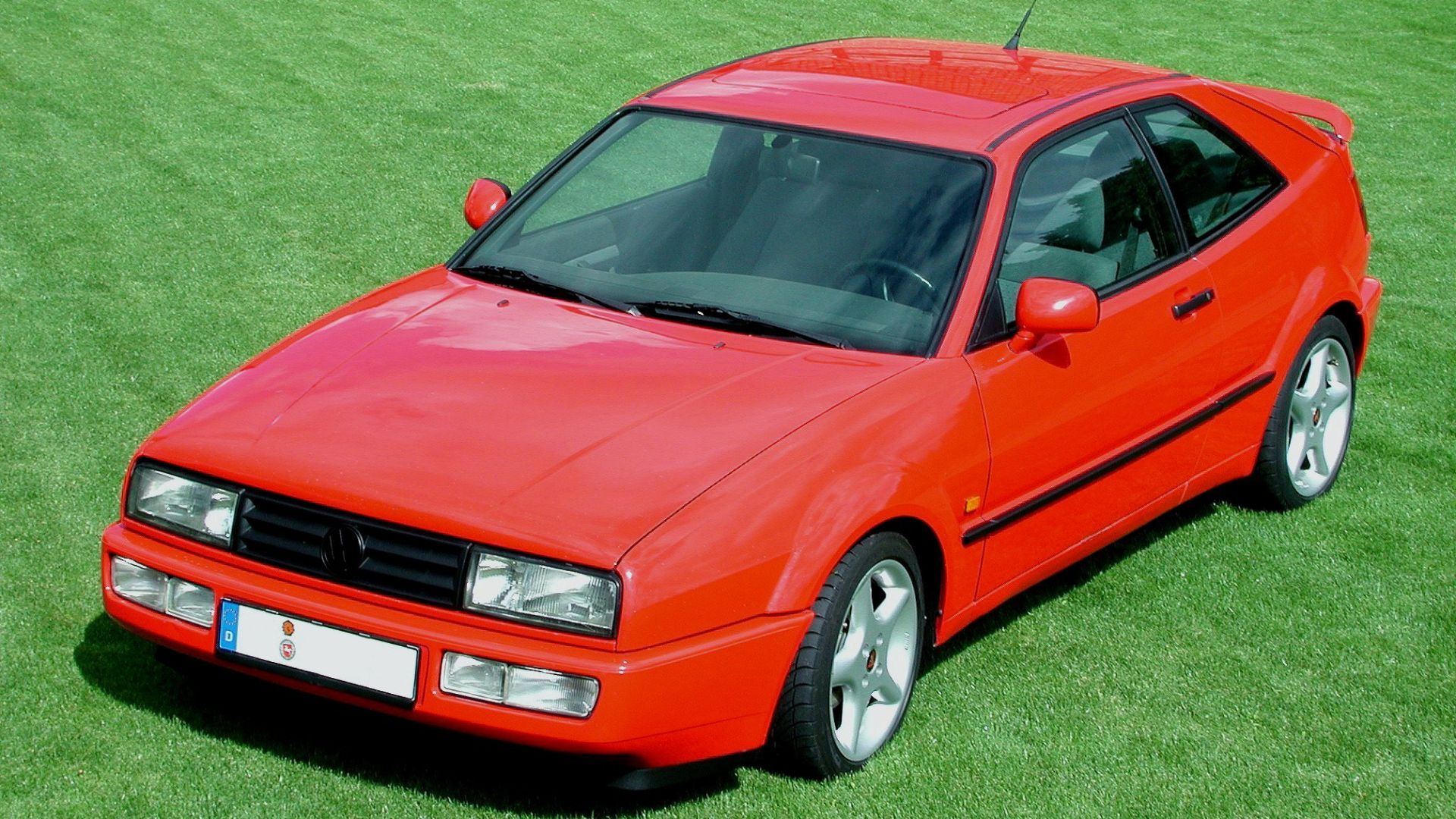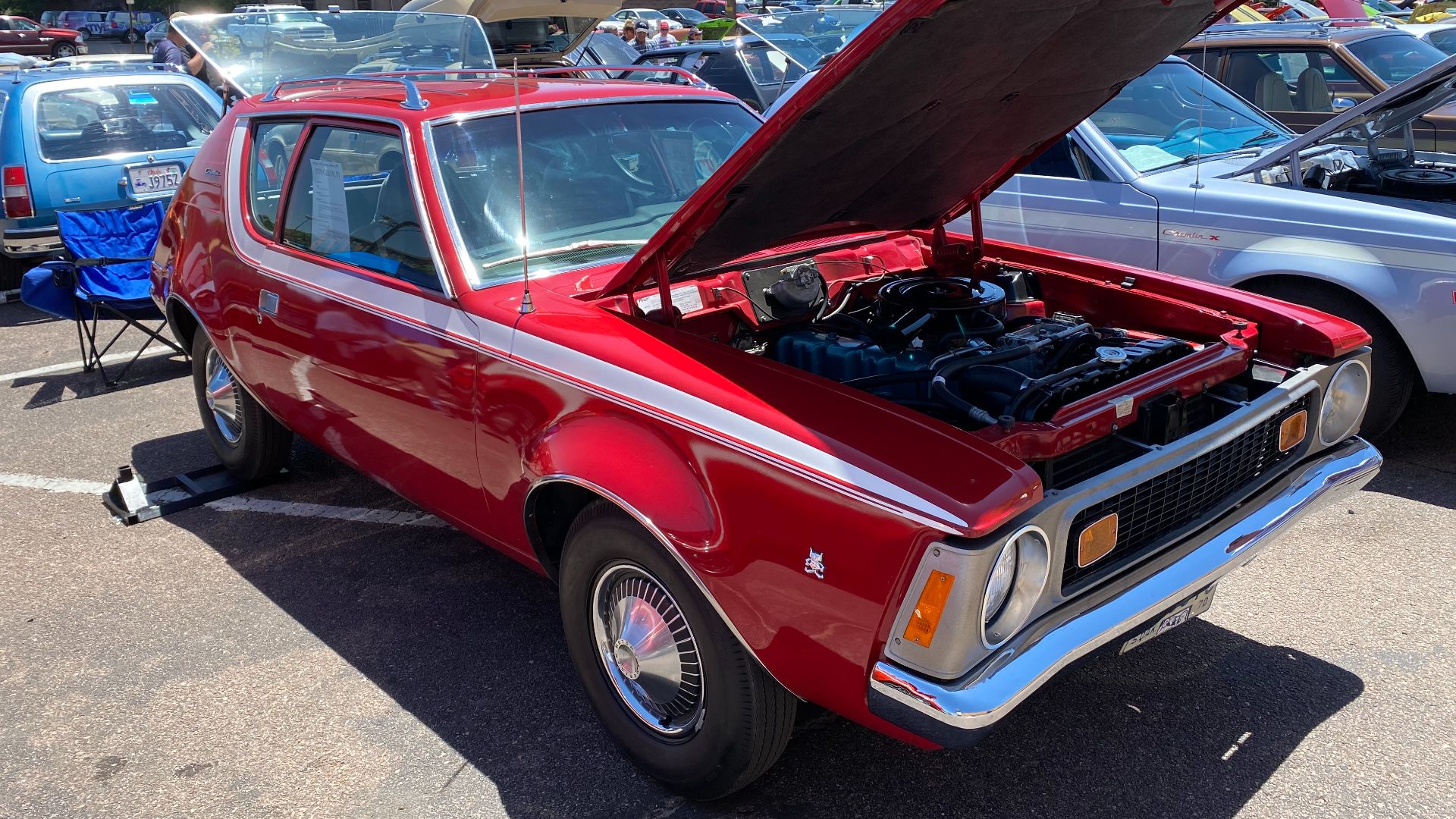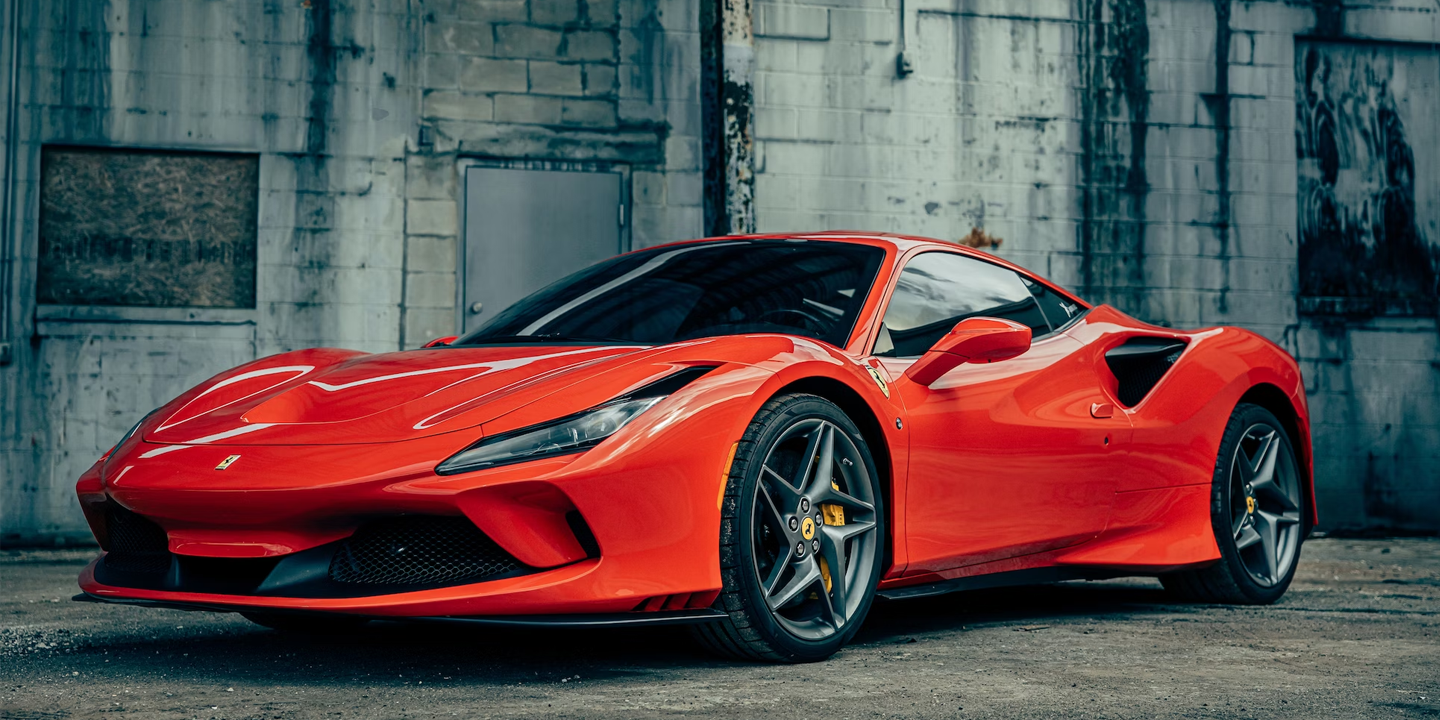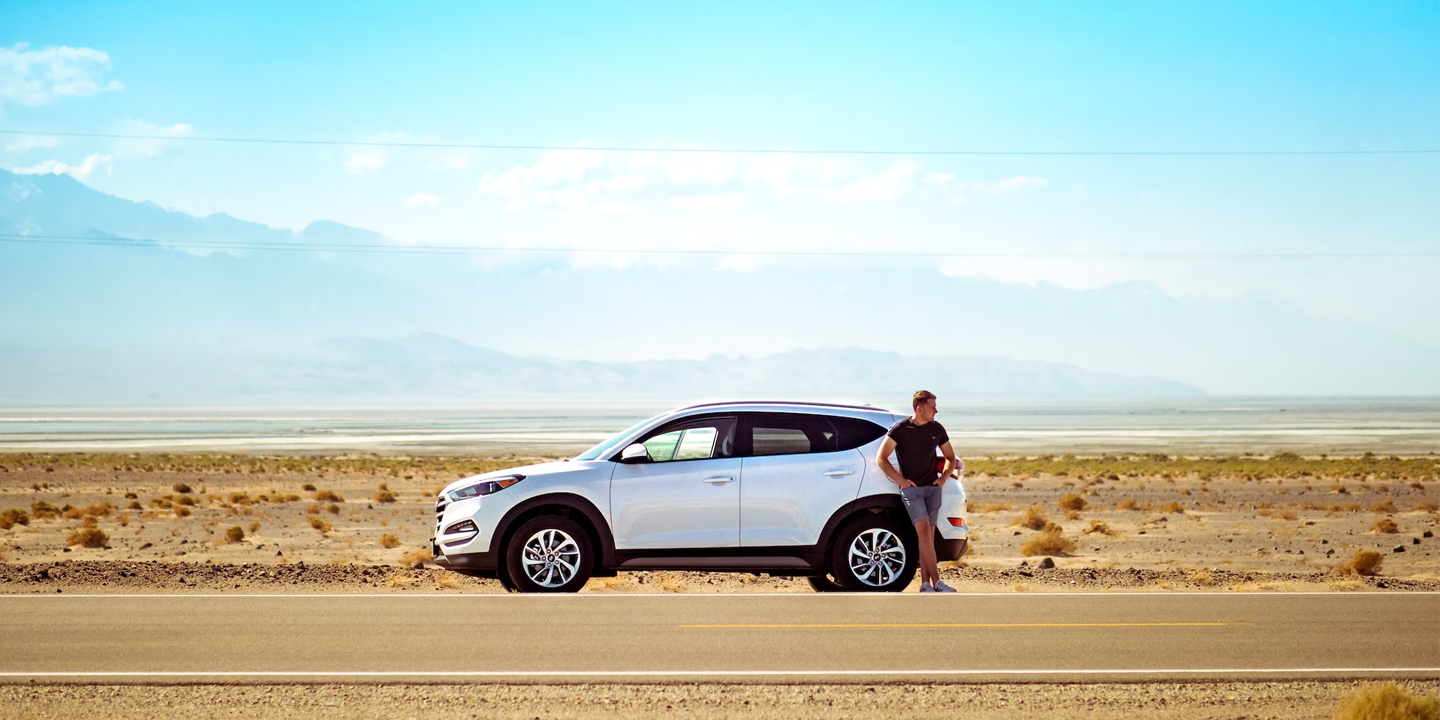Cars Too Bold For The Masses
Car lovers know that passion and popularity rarely drive down the same road. Some models light up the hearts of enthusiasts with raw performance, daring design, or pure character—yet stall completely in the eyes of everyday drivers. The following are the misunderstood machines that most couldn't understand, but a select few have taken a liking to. Keep reading to discover 20 cars enthusiasts adored but the public rejected.
 Thomas Vogt from Paderborn, Deutschland on Wikimedia
Thomas Vogt from Paderborn, Deutschland on Wikimedia
1. Audi A2 (1999–2005)
When the A2 hit the market, most drivers couldn’t see past its odd looks or premium price. Underneath, though, Audi had created something remarkable—a featherweight aluminum marvel sipping less than 3 liters per 62 miles. Efficiency ahead of its time just didn’t sell.
2. DeLorean DMC-12 (1981–1983)
Back to the Future fame couldn’t fix real-world disappointment. The DeLorean’s shiny steel body and upward doors screamed speed, yet its 130-horsepower engine barely delivered excitement. Its cinematic legacy outlived its road reputation, proving style sometimes outruns substance.
3. Renault Avantime (2001–2003)
Car lovers admired the Avantime’s daring mix of coupe styling and minivan comfort. It felt futuristic, especially with its pillarless windows and panoramic openness. Regular buyers, on the other hand, saw confusion instead of creativity, which left this innovative design stranded between two worlds.
 Kieran White from Manchester, England on Wikimedia
Kieran White from Manchester, England on Wikimedia
4. Jaguar XJ220 (1992–1994)
Hype turned to frustration when Jaguar ditched the planned V12 for a V6. Even so, the XJ220 could top 217 mph—a record at the time. Only 275 were built, which made it one of the most divisive supercars ever made.
5. Bugatti EB110 (1991–1995)
Supercar fans respected the EB110’s engineering but doubted its timing. With a quad-turbo V12 and all-wheel drive, it was a technological masterpiece released into an economic downturn. Not even Michael Schumacher’s endorsement could keep Bugatti afloat afterward.
6. BMW Z8 (2000–2003)
Few cars blended nostalgia and power like the BMW Z8. Styled after the 1950s 507 and powered by a 400-horsepower V8, the car promised elegance and thrill. However, owners soon discovered that high repair costs and delicate panels made admiration far easier than ownership.
7. Fiat Multipla (1998–2010)
First impressions doomed the Multipla. Its double-decker headlights drew laughter long before anyone noticed the clever thinking inside. Families who actually drove it found unmatched space and smart seating, though endless design jokes overshadowed its practicality and sealed its reputation early on.
8. Subaru SVX (1991–1996)
Giorgetto Giugiaro gave the SVX a futuristic, glass-heavy design that stood out in the ’90s. Then, Subaru paired it with a smooth 3.3-liter flat-six and confident all-wheel drive. Despite impressive engineering, its high price and uncertain image kept it from broader success.
9. Mazda RX-8 (2003–2012)
What began as a thrilling showcase of Mazda innovation eventually became a maintenance challenge. The RX-8’s rotary engine revved beautifully, while its rear-hinged doors added flair. Persistent oil consumption and engine wear, however, turned early excitement into long-term frustration for many owners.
10. AMC Pacer (1975–1980)
Automotive design took a risk with the Pacer’s wide, glassy shape. It aimed to be “the first wide small car” and succeeded technically. Though public opinion turned cold, later collectors recognized it as a symbol of 1970s experimentation.
11. Alfa Romeo 166 (1998–2007)
Car enthusiasts adored the 166 for its responsive handling, rich V6 sound, and sharp Italian design. Everyday drivers, however, wanted something less emotional and more reliable. Outside Italy, fears of mechanical trouble and resale value kept this passionate sedan from wider success.
12. Chevrolet Corvair (1965–1969)
Controversy overshadowed innovation. The Corvair’s rear-mounted, air-cooled engine gave it a unique balance, though early safety concerns destroyed trust. Even after improvements, public doubt lingered. Enthusiasts celebrated its handling, but mass buyers turned to safer, conventional options.
13. Cadillac Allante (1987–1993)
Every Allante began in Italy and finished in Detroit after flying across the Atlantic on a Boeing 747. The concept was grand, but execution proved costly. Competing against Mercedes and Jaguar exposed weaknesses that even Pininfarina’s workshop couldn’t conceal.
14. Aston Martin Cygnet (2011–2013)
The Cygnet aimed to blend Aston Martin luxury with city-friendly practicality. Built on Toyota’s tiny iQ platform, it featured a refined interior and bespoke finishes. High pricing and limited performance made it feel mismatched for the brand, leaving fewer than 300 sold.
 Rutger van der Maar on Wikimedia
Rutger van der Maar on Wikimedia
15. Volkswagen Phaeton (2002–2016)
Few understood why Volkswagen entered the luxury arena. The Phaeton’s W12 engine and hand-built expertise rivaled Bentley’s, even sharing its platform. Image became its undoing—no one wanted a $100,000 sedan wearing the same badge as their commuter hatchback.
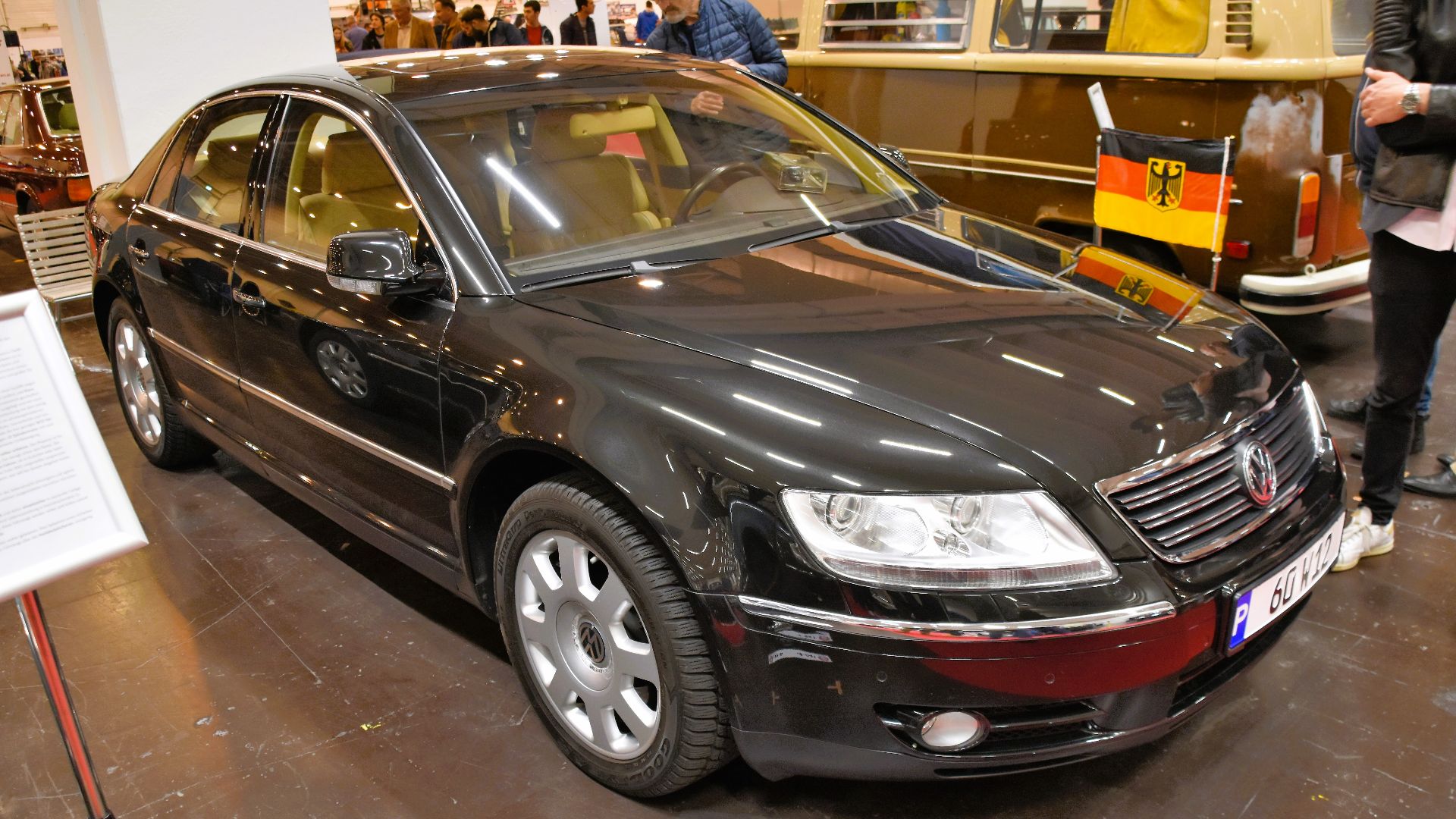 Charles from Port Chester, New York on Wikimedia
Charles from Port Chester, New York on Wikimedia
16. Pontiac GTO (2004–2006)
Car fans praised the modern GTO for its raw power and smooth 400-horsepower V8. The public saw something different—a plain import wearing a famous name. Its subdued styling lacked the muscle-car drama buyers expected, leaving dealerships full and enthusiasts frustrated.
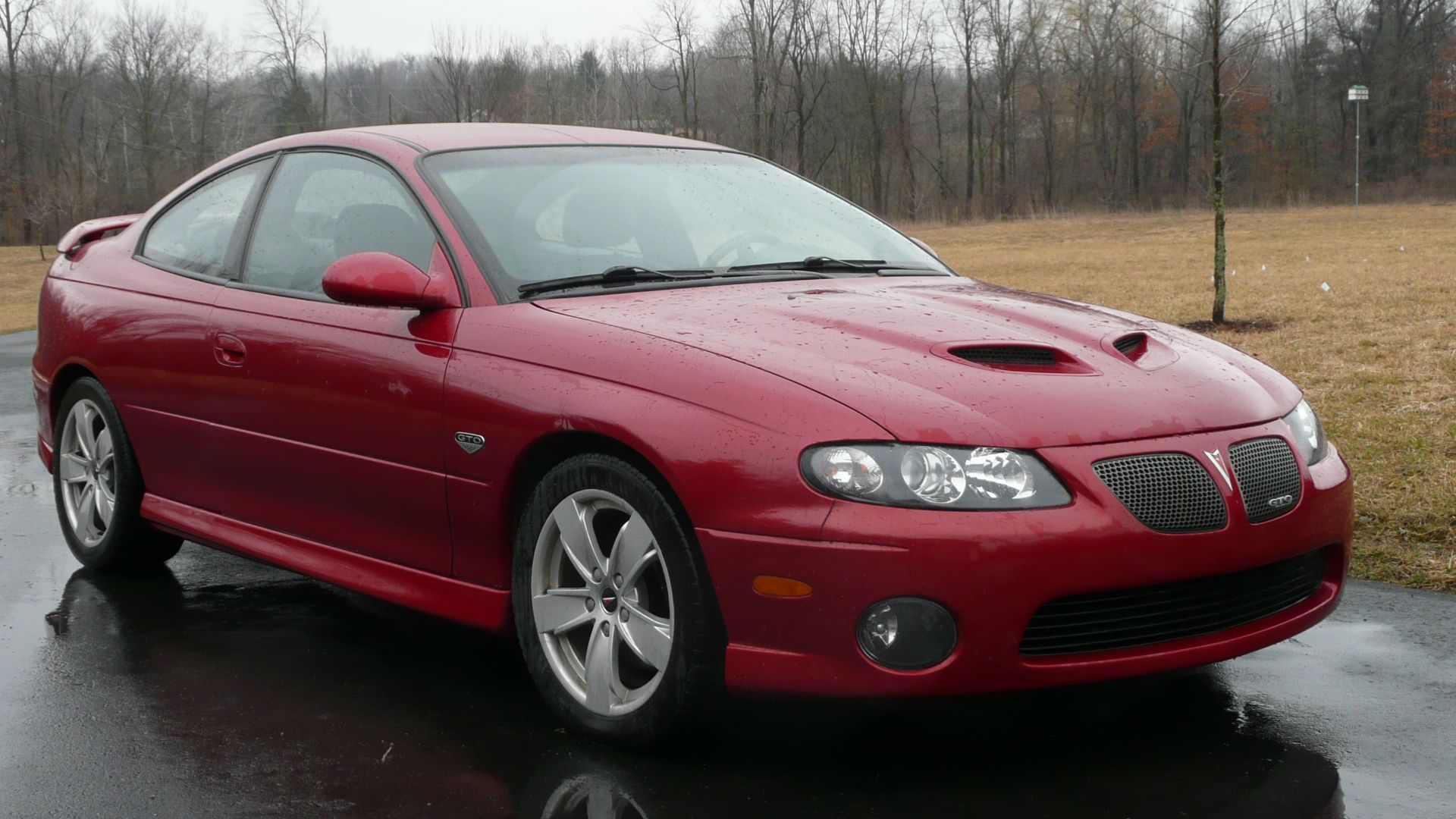 MyName (Crossley1 (talk)) on Wikimedia
MyName (Crossley1 (talk)) on Wikimedia
17. Volkswagen Corrado (1988–1995)
VW’s Corrado thrilled test drivers and puzzled buyers. Its VR6 engine, precise steering, and active spoiler delivered genuine excitement. High pricing and modest looks turned potential fans away, and a car built for passion quietly vanished from showrooms.
18. Lexus SC 430 (2002–2010)
The SC 430 impressed buyers with its innovation and quiet comfort, though few found it thrilling to drive. Its silky V8 and retractable hardtop made it a refined cruiser rather than a true sports car, and many shoppers ultimately chose livelier competitors.
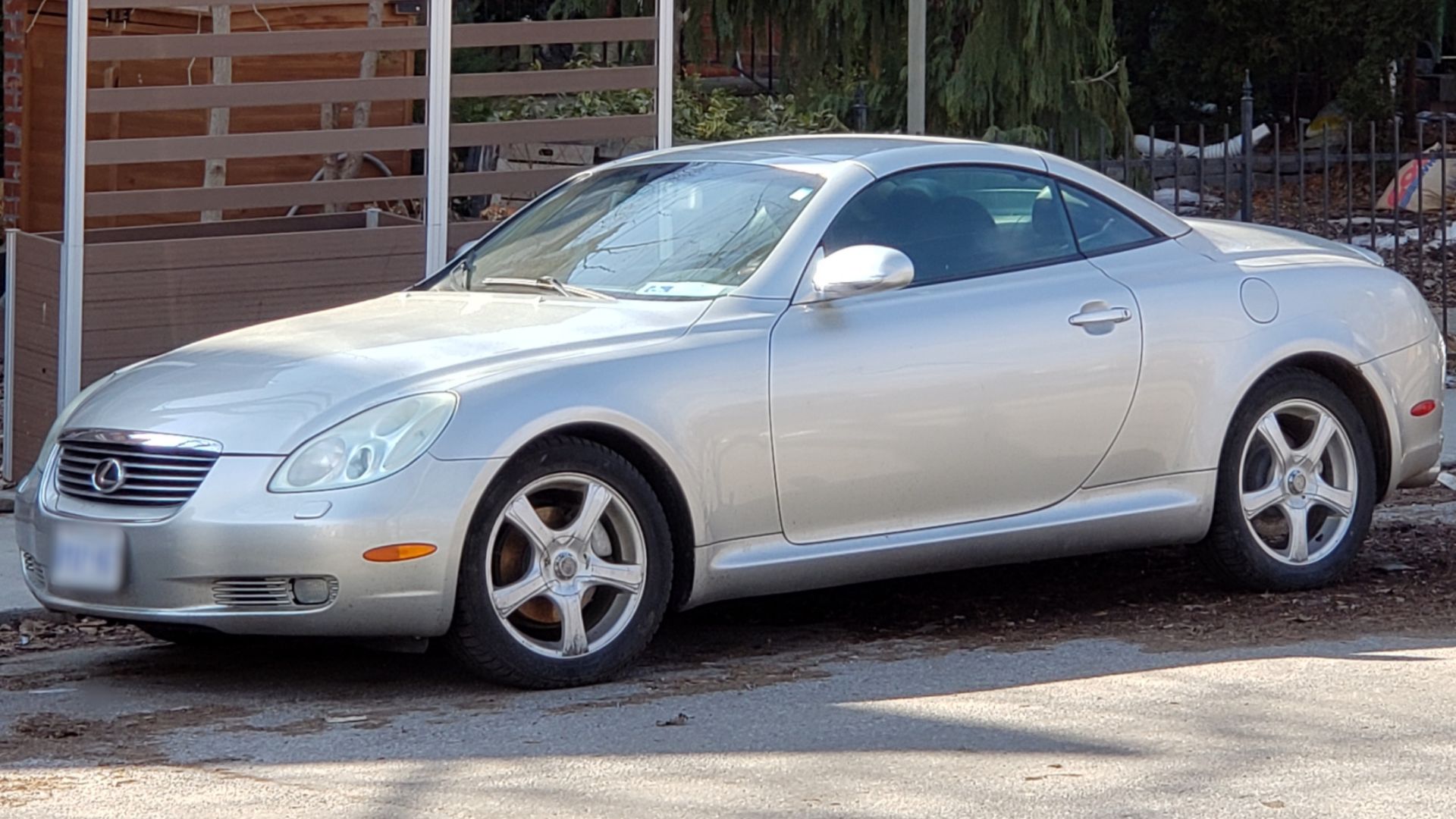 Coolomon Tetris (also known as CoolT) on Wikimedia
Coolomon Tetris (also known as CoolT) on Wikimedia
19. AMC Gremlin (1970–1978)
Americans weren’t ready for something this odd. The Gremlin’s chopped design and short wheelbase drew ridicule, even as it pioneered the U.S. subcompact market. Built cheaply on a shortened Hornet frame, the car found fans only after its punchline days had passed.
20. Saab 9-2X (2004–2006)
Driving enthusiasts admired the 9-2X for its strong grip and confident handling. Saab purists, on the other hand, saw a Subaru in a different badge. The mix confused buyers, and the car quietly disappeared after two years on the market.


